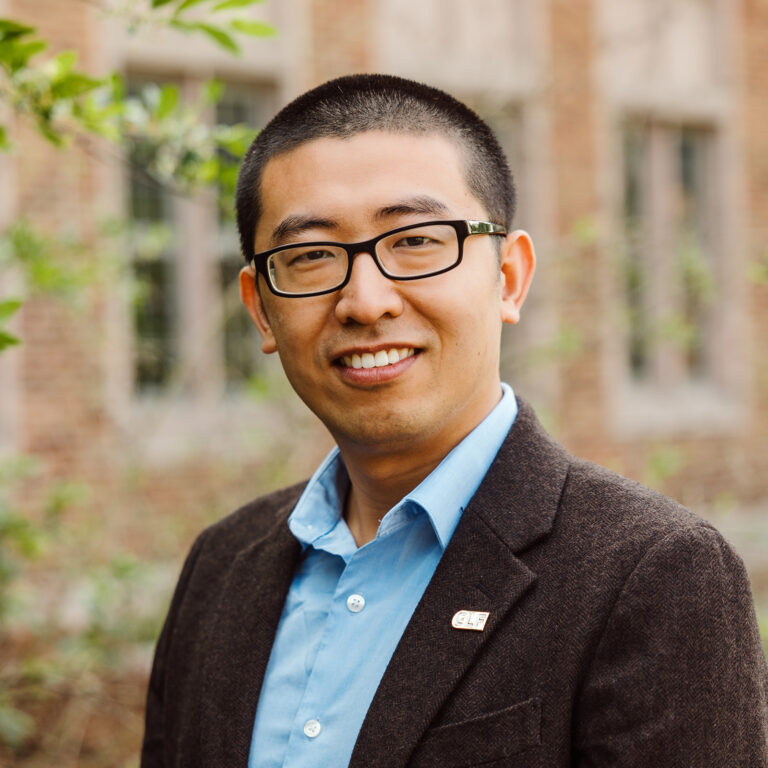
Research engineer for the Life Cycle Lab at the University of Washington and a Research Affiliate for CLF
Recently, the White House released a document titled “National Definition of a Zero Emissions Building, Part 1: Operational Emissions from Energy Use,” which sets criteria for determining that a building generates zero emissions from energy use in building operations. Soon, we expect to see publication of Part 2 of this definition, focused on embodied carbon and refrigerants. Finally, the federal government is recognizing the importance of addressing operational and embodied carbon equally and holistically. This federal recognition can be the basis for more effective guidelines for the building sector in the future.
As we know, “whole-life carbon” describes total greenhouse gas (GHG) emissions, including operational carbon emissions and embodied carbon emissions over the life cycle of a building. The concept seeks to correct bias and imbalance in how we view building operational and embodied carbon. Over the past few decades, the mainstream focus in our industry has been on decreasing GHG emissions associated with operations of a building (e.g., heating, cooling, lighting). However, we’re now recognizing the increasing importance of embodied carbon — partly due to our success in creating ever more energy-efficient buildings. More and more stakeholders are adopting a comprehensive perspective that considers the entire lifecycle of a building and its constituent materials, from initial construction through all the decades of operation and all the way to eventual demolition — and beyond.
Our newly-published California Carbon Report represents some of my first work as a member of the CLF research team, and the focus of our report is on whole-life carbon. In that study, we investigated the use of whole-life carbon assessment (WLCA) through a sample of 30 new construction building projects located in the State of California. We sourced those buildings from design practitioners as part of CLF WBLCA Benchmark Study (v2). This study fills a critical gap in our knowledge, quantifying the contributions of operational carbon and embodied carbon to whole-life carbon emissions in the State of California. To bridge the gap, we introduced a systematic framework that includes data collection, data preparation, carbon calculation, whole-life carbon assessment, and methodological variation study. I believe that our findings will help picture the current state of total carbon in California, informing decarbonization policy strategy development and guiding various stakeholders.
However, we’re still confronting lots of challenges. For example, we need an expanded physical scope (e.g., MEP, interiors, and furnishings) and more consistent practice (e.g., grid decarbonization scenarios, energy use consumption data, and LCI background datasets) to fully assess total carbon. I am also interested in additional topics associated with whole-life carbon, including uncertainty analysis, trade-offs between operational and embodied carbon, and machine learning applications.
Whole-life carbon is still a relatively new concept, but understanding it is vital in enabling us to realize the goal of Zero Emission Buildings. Let’s collaborate as we dive ever more deeply into it.
Regards,
![]()
Yang
